
11 Nov How To Build A Thought Leadership Marketing Funnel
Most marketers begin a content marketing plan in order to drive traffic to their site, generate leads or boost their SEO efforts. These are all very tangible outcomes which is why we often forget the other benefits of content creation and thought leadership.
Using content as a way to position yourself as a thought leader in your industry is something that many marketers put on the backburner. It’s the difference between someone being a one-time visitor and an advocate for your content and message.
Thought leadership marketing can help you build your brand and generate advocates for your content as well as all the other tangible benefits that content marketing brings.
In this article, we’ve separated the thought leadership marketing funnel into three steps and go into them in great depth.
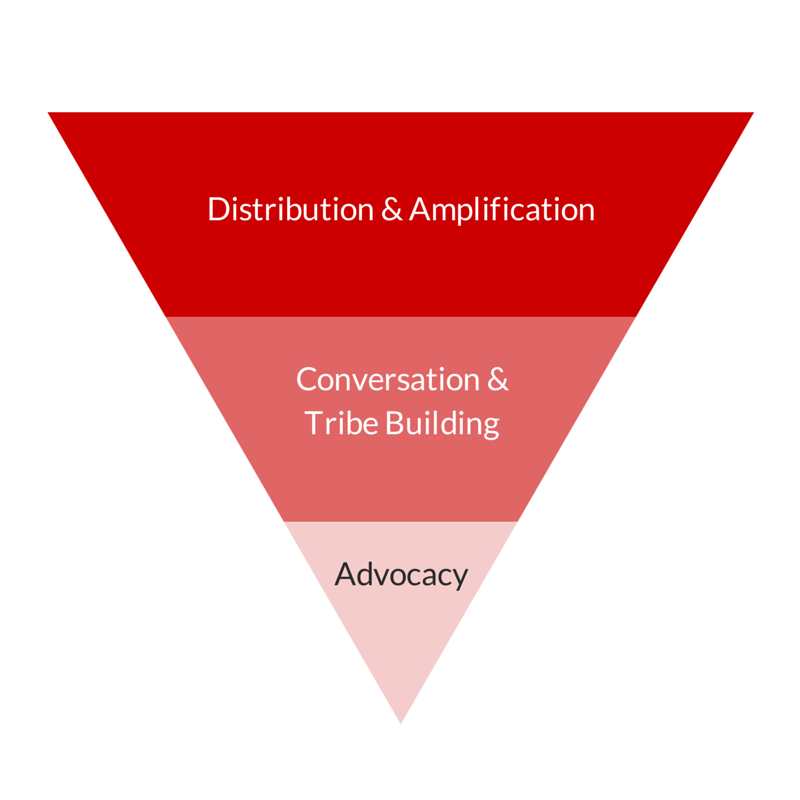
By the end of this article you’ll know how to create a roadmap towards building content that drives traffic from distribution sources, boosts engagement and builds trust, increases retention and inspires your tribe to spread your content for you.

Step 1: Distribution & Amplification
Before we begin, you need to make sure your content is of high quality and solves a challenge or pain that people want to read, watch or listen to. We’ll go in to this in more depth another time, but you can read up on it in our 2015 B2B marketing strategies post.
Assuming you’ve created content that is of high quality and aligns with your buyer personas, it’s time to spread the word. Thought leadership marketing is useless without traffic, and you can’t build a tribe without visitors.
Curiosity
We’ll cover where to find amplification channels shortly, but before you do that you need to set your content up in a way that will pique the interest of those you’re getting in front of.
There are two ways to do this. The first is to have an attractive headline that people can’t resist and compels them to click. The 80/20 rule is in full effect here, as 8 out of 10 people will read your headline while 2 out of 10 will actually read the article itself.
“How to” or number oriented headlines seem to be the most popular and work quite well, yet it’s also worth addressing your buyer personas directly. “The Ultimate Guide to Growth for Marketing Directors” is one example.
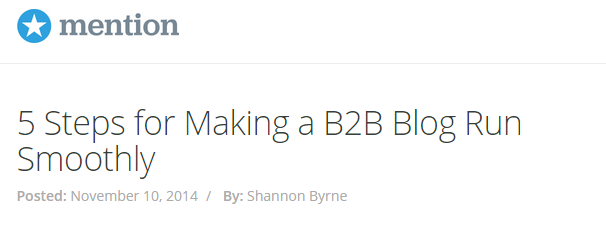
You can also try being super specific in your headlines or try asking questions to grab your audience’s curiosity, too. Spend time on your headline to make sure you sufficiently gather the attention of the audience your content will be getting in front of.
The second way to get your audience’s attention is to start up a conversation and include a teaser within the channel you’re using. Forums and other communities are perfect for this.
You can do this by giving a “reason why” the content exists. Why did you create it in the first place and why are you sharing it with that particular community? This will also help with generating the trust of a community if you’re fairly new to it.
You can try asking open-ended questions to spark community involvement, too. It could be as simple as asking for feedback. You could also try asking about your audience’s challenges related to your content.
When creating a conversation it’s best to see what fits best with the members of the community you’re sharing with and direct it around them.
Social media & email
It’s likely you already have a community of followers that you can share your content with. Social media is great if you have an active audience and your own email list of subscribers, leads and followers can provide an instant burst of traffic.
When it comes to social media you need to make sure that you’re starting a conversation in the right places. For B2B companies it’s unlikely that you’ll get much traffic from Facebook, but opening up a conversation around your content on LinkedIn groups can be very effective.
Twitter is also a great platform for sharing content, if your audience is active on there and the content you create resonates with them. For many in the B2B space, other thought leaders and senior level executives are already active on Twitter. They take part in their own conversation and share their own content with their networks.
Finding ways to inspire these thought leaders to share your content is a whole other challenge, but once you’ve established a solid relationship with them they can make great advocates for your content.
Your list of customers, top-of-funnel (TOFU) leads and subscribers are an incredibly valuable asset for content distribution. If you have their permission then they’ll likely be delighted to receive high quality content from you. If it solves a direct challenge of theirs then even better.
Amplification channels
Selecting the right channels for your content is just as important as generating traffic in the first place.
Let’s start with communities. There are forums and community websites, such as Inbound.org and ClosingCall.co, that you can get involved in to establish your thought leadership profile.
If you select the right community to get involved with then it can quickly become a regular source of traffic and advocates for your message.
Forums with a lot of active users and discussion are still incredibly effective. Of course, make sure your buyer personas are active there first. Always join in already active conversations before promoting your own content, and make yourself familiar with the forum rules.
LinkedIn groups are also a great channel for content amplification. The advantage here is that you don’t necessarily have to pigeonhole yourself into a group exclusive to your personas. If your content covers a pain that other audiences have, then it makes sense to share that content with them too.
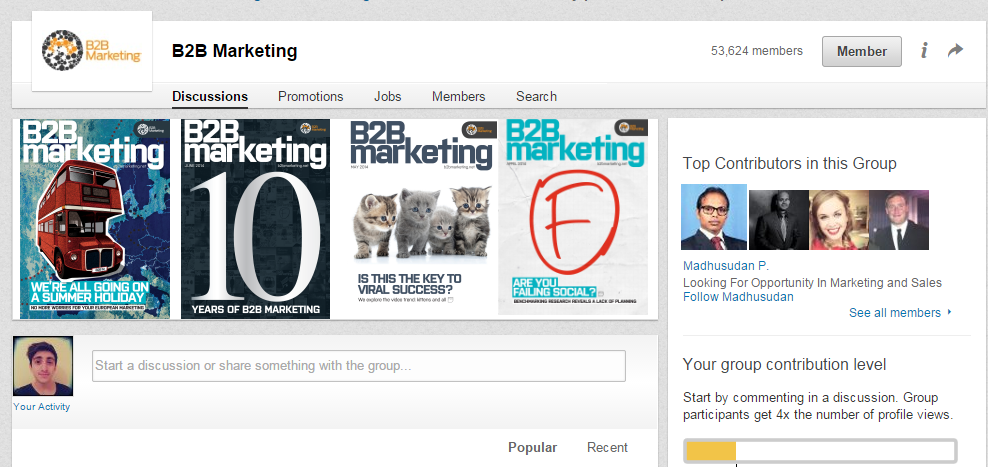
Finding groups is easy, just head to LinkedIn and do a search for groups related to your top keywords. Many groups are open to new members but some you may have to wait for approval.
Again, join in the conversation and set yourself up as a trusted authority first. People are more likely to pay attention to what you have to say if you’re an active member rather than someone trying to promote their stuff.
Reddit is a website full of communities on a wide range of topics. The average user can be tough to crack, but if your content really aligns with a particular subreddit (the name given to Reddit communities) and you’re not partaking in obvious self-promotion then you can quickly generate traffic.
If your content really resonates with the community then you might find conversation opens up quickly. You’ll find strong opinions, both positive and negative, which makes Reddit a great source for feedback on your content and how to improve it.
Once you’ve found which of your thought leadership pieces generates most traffic, engagement and advocacy you should come back and look to amplify your content further with paid media.
Twitter and Facebook ads are two very effective paid amplification channels, as they are full of users looking to be inspired by new, fresh content. It’s easy to get started – just set yourself a budget and test small in the first instance. If you see that it’s generating leads and other conversions, scale up.
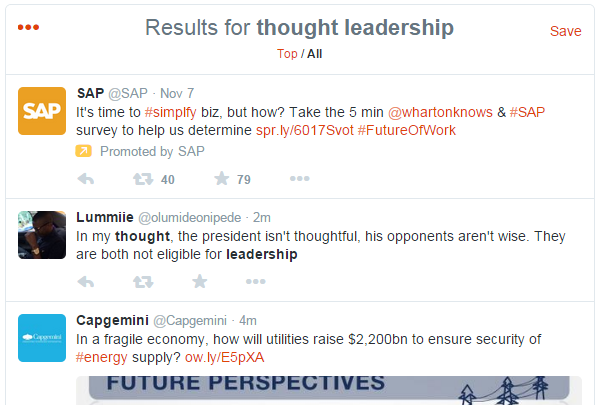
Finally, it’s worth thinking about how you can experiment with content syndication. Using news outlets to amplify your content is risky but the payoff can be big. You need to make sure you don’t violate Google’s content duplication rules, otherwise you might end up hurting your SEO efforts.
Instead, see how you can put a different spin on your content to make it unique for the audience it will be sitting in front of, and provide a link back to the original content. This way you keep everyone happy.

Step 2: Conversation & Tribe Building
Now you have the channels that will amplify your content and drive more traffic, you need to make that content work for you. It’s important to inspire conversation (engagement) and tribe building (retention) in your thought leadership marketing.
We’ve touched on how social media can be a source of traffic, but more importantly it’s a place where you can take the conversation further. Getting in touch with other thought leaders or other users that are openly talking about the topics your content covers is easy.
Thanks to Twitter’s search feature, as well as platforms such as Quora, it’s easy to engage with others who are looking for solutions to their pains. Solutions that your thought leadership content can solve.
Social media is just one aspect of increasing the conversation and building a list of subscribers, leads and customers. You should be using your own content as a platform for this sort of engagement, as well as your own business objectives.
Creating content and lead magnets
The majority of your visitors will likely be from your existing audience, however new TOFU visitors are still important. You want to encourage new visitors to join your tribe and inspire existing members of your audience to take the next step.
One of the most successful ways to do this is by creating a lead magnet. Lead magnets are essentially pieces of high value content or tools that your visitors can get access to in exchange for their details. They allow you to take the conversation further and position you as a higher authority.
EBooks and webinars are the most common forms of lead magnets, but they can also come in the form of white papers and tools. We’ve talked a lot about this in previous blog posts, and you can learn more about this key 2015 B2B marketing strategy here.
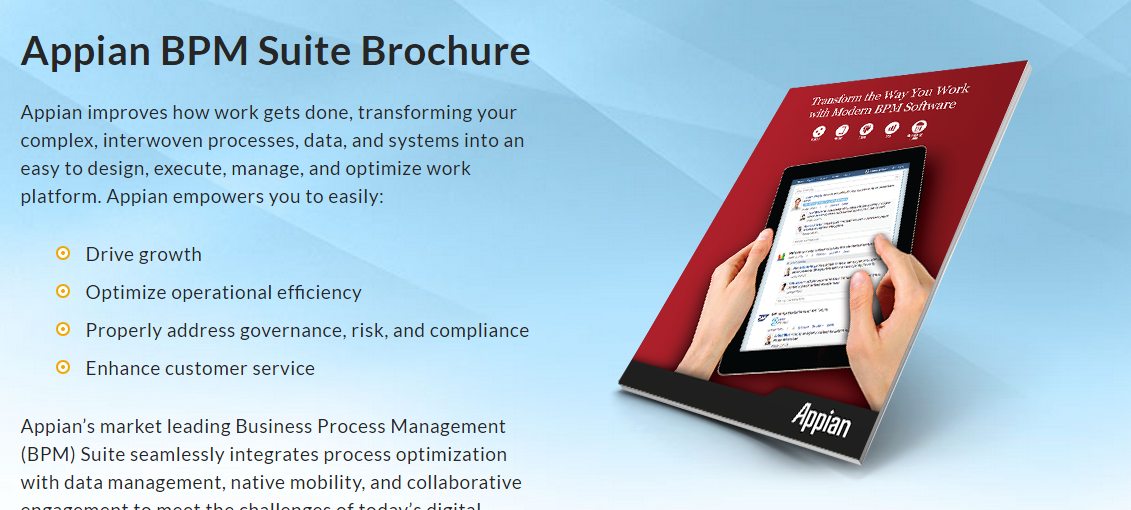
The key to lead magnets is ensuring that the benefits are clearly illustrated and you always include a call-to-action within your thought leadership marketing content that leads to it. A call-to-action that leads to a simple landing page with a form will do the trick. An example of this can be found at the bottom of this blog post.
Whatever you create, it’s the first step in turning visitors into customers and leads, the next being a good nurturing system.
Nurture your audience
So you’ve convinced someone to join your tribe, but this is just the beginning of your relationship with them. Now your job is to nurture them into sales ready leads, customers and advocates.
Email is by far the best tool for nurturing your tribe. While other platforms rise and fall, email is still a super effective communication channel. Sure, social can work, but it will never be as good as email.
Marketing automation tools allow us to create automated workflows that send emails on a specific schedule. Once someone enters your list for the first time you can send them an email a day after, then another one 7 days after that – you get the idea.
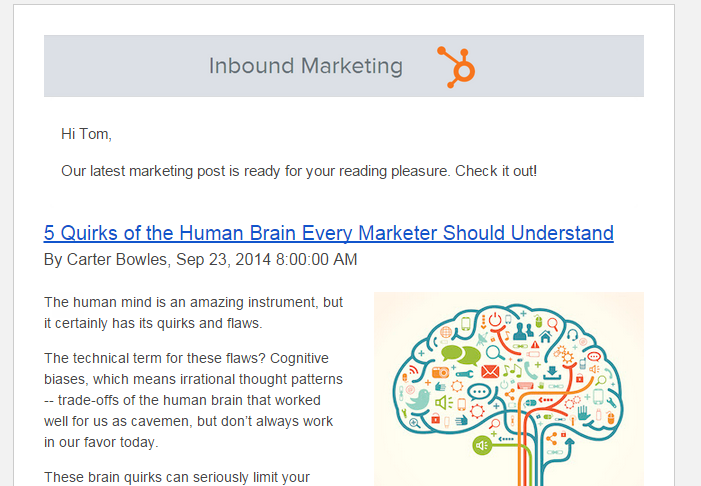
You’ve got to have your objectives in order before trying to build an email nurturing system. If someone signs up for a lead magnet, what is the next step you want them to take? Is it a demo or free consultation, or to attend a webinar or other event? Get clear on this first.
Over time, you can educate your tribe and guide them further down the funnel towards your end goal. Having a clear idea of the length of your sales cycle is key here, as it will guide you in how long your email nurturing system should be.
Of course, that doesn’t mean the journey ends when the sequence is over. If you get to the end of a sequence and they still don’t budge then you need to try a different approach. Delivering new forms of value is one way to do this.
Further retention
You can’t control what your tribe does, so you should always study the path they take to make sure you get the right retention models in the right places.
Having a clearer view on your tribe’s journey through their relationship with you is powerful. It allows you to put the right sorts of offers in the right places.
If someone has already signed up for TOFU content such as an eBook, and they’re still looking at your blog content, you could offer them a demo or consultation as the next call-to-action in their journey with you.
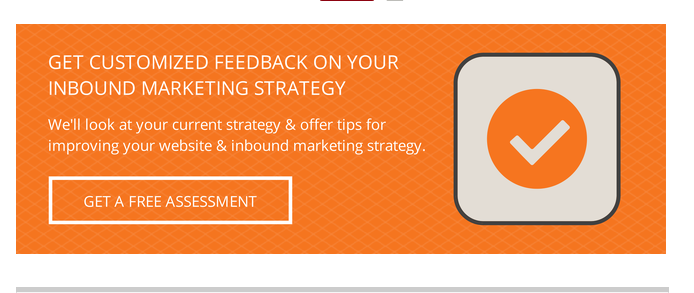
Retention is about keeping your audience interested in your message, product, service or content. If they’re not ready to take the next step in the sales cycle then you should still be delivering value on a regular basis.
Again, email marketing and automation tools make this simple. Providing the right messages at the right time is all about knowing the journey your prospects take and creating triggers that gets the right information in front of them.
This is what engagement is about, and is how we build a loyal tribe that eventually become advocates.

Step 3: Advocacy
How do you inspire your tribe to become ambassadors for your brand? The turning point looks different to many organisations. Your advocates may be fans of your content and share it with their own circle of influence.
Oftentimes advocates will first have to become customers. Activating your tribe to become sales-ready leads is usually the next step in this process for most B2B organisations, and is easily done with thought leadership marketing.
Creating customers
We touched upon marketing automation in Step 2, but sometimes you need to be more proactive than this when generating sales.
This is another reason why understanding your audiences’ journey is important. It allows you to easily identify people who would make for hotter sales-ready leads.
Let’s say a marketing lead has consumed several pieces of your thought leadership content overtime, and even shared it to their social network. That’s all well and good, but that doesn’t necessarily mean they’re ready for a sales conversation.
If they’re looking at product or service based content on a regular basis, such as pricing pages, case studies and product-centric whitepapers, then this makes them warmer prospects for sales to follow up on.
The “turning point” will look different to many organisations, and this is something that you should figure out with your own sales team. What are the attributes that makes a marketing-ready lead a sales-ready one? You can learn more about defining a marketing-ready lead here.
Once you’ve created a new customer it’s time to encourage them to spread the word for you.
Proactive advocacy
There’s very little you can do here to manipulate or encourage your audience to spread the word for you. The only way to do this is to absolutely delight them. Delight them with your content, your tools and the level of service you provide.
When you delight a customer to a point where the treatment they receive is unlike anything they’ve ever received, they’re going to tell people about it. They’ll talk about it in real life and they’ll spread the word through their social networks.
Delighting a potential advocate could be as simple as creating high-end, quality content that shines light on and solves a big pain they have. You give them an “aha!” moment that helps them take their business (or even their personal lives) to the next level.
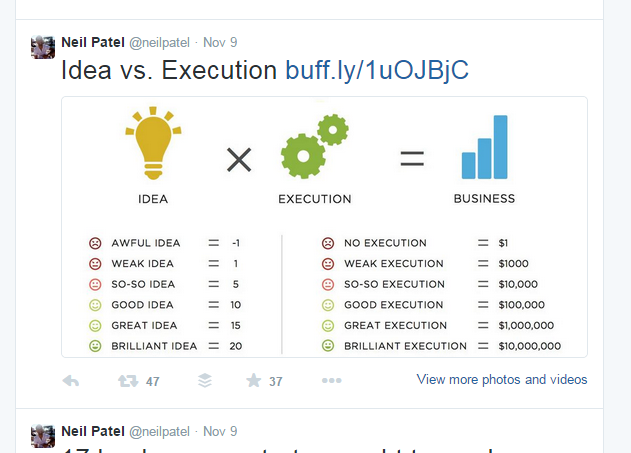
Again, it’s all about creating high quality content that doesn’t hold any punches. It should be in-depth and lay everything out on the table. Building tools that helps them solve challenges is another way of doing this.
When dealing with customers, both new and old, you should be thinking of new ways to delight them with the level of service you bring. Don’t be fooled, this doesn’t have to be directly related to your product or service.
Many organisations and startups are beginning to practice an art where delighting customers comes from going the extra mile. I’ve seen companies send new clients gifts such as large personalised cakes to their offices, thanking them for their business, which in the B2B world seems unusual.
The fact that this is unusual is what makes it so effective. During the sales process you can elicit information on your new customer’s passions and delight them with a surprise.
The CTO of a big financial firm loves to surf in their spare time? Send them a surfing related gift, such as vouchers for a weekend away by the coast.
Personalise the experience and go the extra mile. This is the key to delighting customers and encouraging proactive advocacy.
Referrals
Of course, including advocacy into your thought leadership marketing is more than just eliciting fuzzy feelings and spreading your content. These tactics can generate more sales for your bottom line and generate more revenue.
Again, if you delight your customers far enough then they’ll likely bring customers to you automatically. Sometimes, however, you need to inspire them and give them a little push.
One way of doing this is by creating a reward system. Dropbox is a great example of this. For every new user you invite to use Dropbox, they add an extra 1GB of storage to your account.
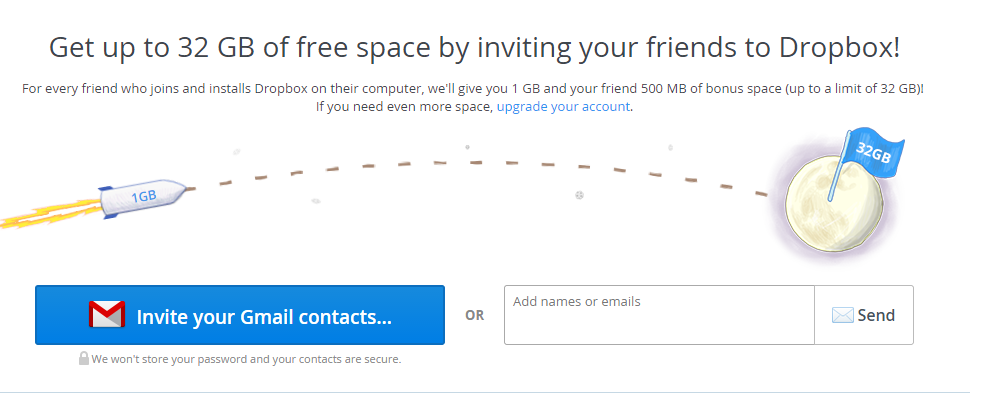
The way you reward your customers for referrals is up to you. It could include a free month of your product or service or some other surprise that your personas will enjoy. Do some research and see what incentives will make your customers refer new business to you.
Conclusion
What we’ve outlined for you here is an effective thought leadership marketing funnel that guides new visitors down your marketing funnel and turns them into customers and advocates for your brand.
Looking at a more macro level, you can see that most of the points are connected by delivering high quality content and delighting them beyond their expectations.
The real thought leadership marketing work is taken place in steps 1 and 2, however thought leadership is pointless unless it’s contributing to your overall business objectives. What these objectives look like is up to you, but hopefully we’ve given you an outline that you can work with and mould for your own goals.




No Comments